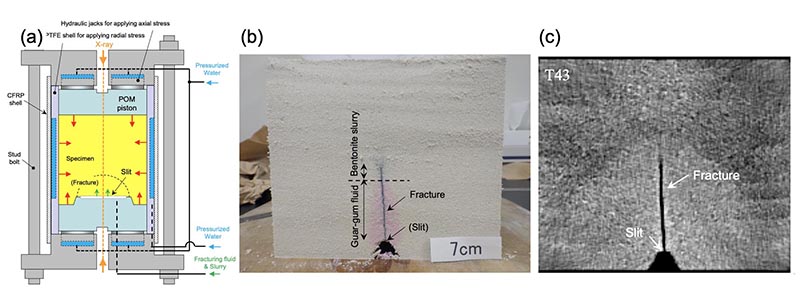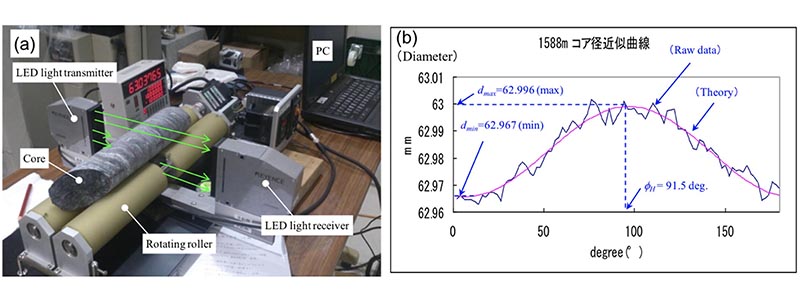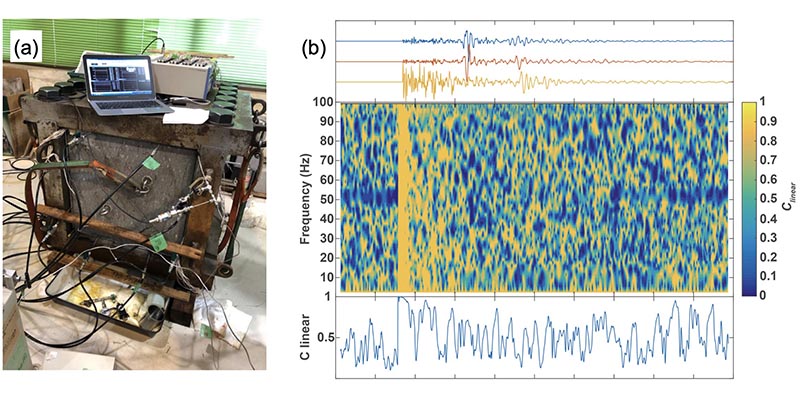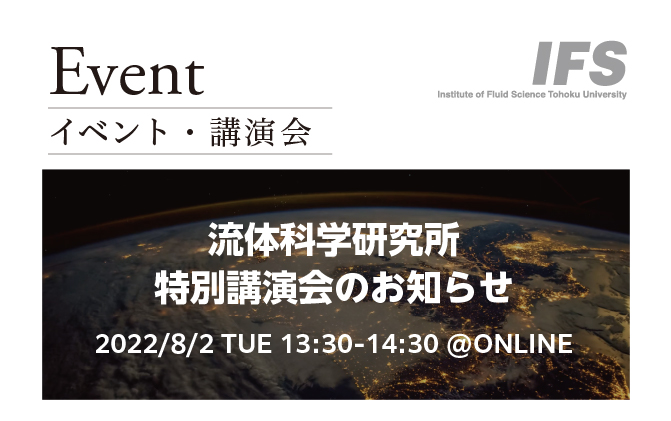Global Collaborative Research and Education Center for Integrated Flow Science (IFS-GCORE)
Energy Resources Geomechanics Laboratory

ProfessorTakatoshi Ito

Associate ProfessorYusuke Mukuhira

Specially Appointed Assistant ProfessorWang LU
Development of Zero Emission Energy & Technology by ”Geomechanics = Geo(地球) + Mechanics(力学)”
With the recent growth of the development of unconventional resources, we have realized that the knowledge of geomechanics is quite crucial for the understanding of failure phenomena in subsurface and resource development. In our lab., we have been conducting research based on geomechanics for various applications such as CO2 geological storage, methane hydrate from deep seafloor, unconventional resources (shale gas & oil), easy and reliable in-situ stress measurement, and supercritical geothermal resource development. We develop the technology to highly utilize the subsurface environment (temperature, stress, closedness) to solve many challenges related to energy and to realize a sustainable society. We are trying to comprehensively understand various failure phenomena related to subsurface development by the broad approach of a laboratory experiment, numerical simulation, and field data analysis.
With the recent growth of the development of unconventional resources, we have realized that the knowledge of geomechanics is quite crucial for the understanding of failure phenomena in subsurface and resource development. In our lab., we have been conducting research based on geomechanics for various applications such as CO2 geological storage, methane hydrate from deep seafloor, unconventional resources (shale gas & oil), easy and reliable in-situ stress measurement, and supercritical geothermal resource development. We develop the technology to highly utilize the subsurface environment (temperature, stress, closedness) to solve many challenges related to energy and to realize a sustainable society. We are trying to comprehensively understand various failure phenomena related to subsurface development by the broad approach of a laboratory experiment, numerical simulation, and field data analysis.
Study of Hydraulic Fracturing in Unconsolidated Formation for Oil and Methane Hydrate Development
The technique of hydraulic fracturing has been originally developed, assuming cohesive rocks. On the other hand, recent trends of petroleum industry are directed toward unconventional resources such as heavy oil and methane hydrate in weakly-consolidated to unconsolidated sands. However, the hydraulic fracturing behavior in unconsolidated formation has not been fully understood. To achieve this goal, we are conducting a study to establish the theory of hydraulic fracturing in unconsolidated formation with both experimental and numerical approaches.
 (a) Originally designed apparatus for unconsolidated rock hydraulic fracturing experiment. (b) An example of experiment result. (c) CT scan image of experiment taken in realtime.
(a) Originally designed apparatus for unconsolidated rock hydraulic fracturing experiment. (b) An example of experiment result. (c) CT scan image of experiment taken in realtime.
Diametrical core deformation analysis (DCDA) for in-situ stress measurements
Measurement of in-situ rock stress is a critical parameter for the effective production of geothermal or unconventional hydrocarbon resources. We propose a new method of diametrical core deformation analysis (DCDA) for evaluating the in-situ stress of rocks from an elliptical deformation of boring cores. DCDA is game-changing method since we can directly estimate the magnitude of in-situ stress from simple core diameter measurement.
 a) A newly developed apparatus for measuring circumferential distribution of core diameter. b) Circumferential diameter distributions of the core samples in 10 micrometer order (red) and fitted sign curve (pink).
a) A newly developed apparatus for measuring circumferential distribution of core diameter. b) Circumferential diameter distributions of the core samples in 10 micrometer order (red) and fitted sign curve (pink).
Mitigation of seismic hazard risk associated with broad subsurface development
At the various subsurface development associated with fluid injection, we experienced some felt size earthquake which possibly caused structural damage. To mitigate this seismic hazard risk of those anthropological earthquakes, we investigate the mechanism of those earthquakes and its causality to human activity.
 (a) Apparatus for shear slip experiment at fluid injection. (b) 3C waveforms of microseismicity from an anonymous field. Blue and red are horizontal components, and yellow is the vertical component. Linearity distribution in time and frequency. Linearity averaged over 20–40 Hz.
(a) Apparatus for shear slip experiment at fluid injection. (b) 3C waveforms of microseismicity from an anonymous field. Blue and red are horizontal components, and yellow is the vertical component. Linearity distribution in time and frequency. Linearity averaged over 20–40 Hz.

 Special Lecture (2 August 2022)
Special Lecture (2 August 2022) Current IFS Ph.D. student is on the top page of the world’s most famous science magazine in geoscience (EOS) (23 June 2022)
Current IFS Ph.D. student is on the top page of the world’s most famous science magazine in geoscience (EOS) (23 June 2022)